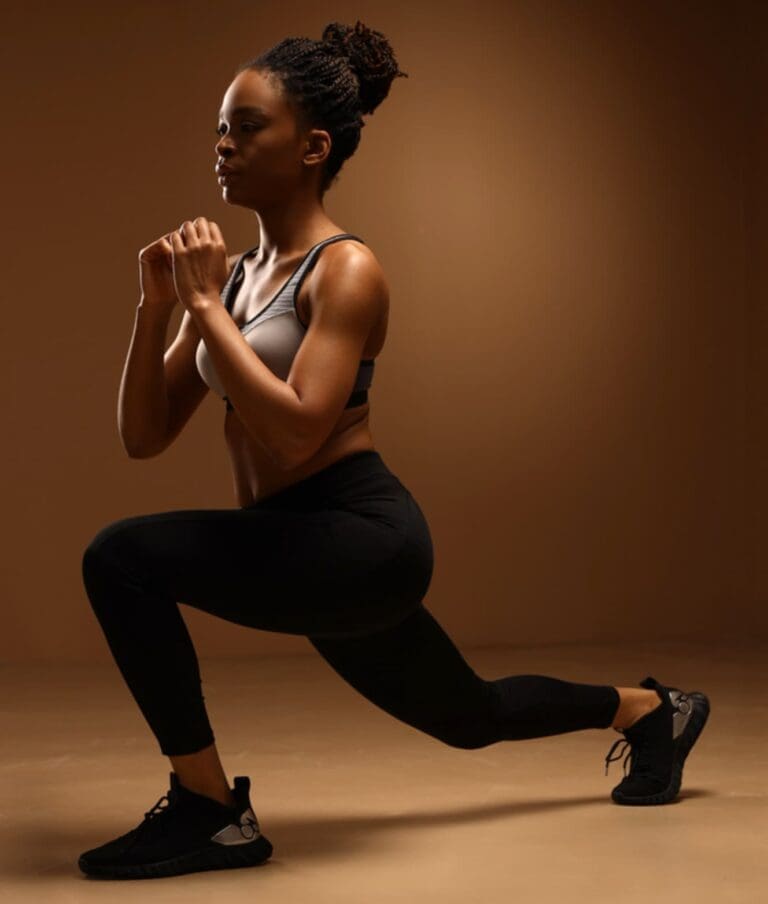What is Functional Fitness?
Functional fitness has become a buzzword in the fitness industry, promising a workout that prepares the body for real-life activities. Unlike traditional gym routines that isolate specific muscle groups, functional fitness emphasizes exercises that train the body for the movements we perform in daily life. But what exactly is functional fitness, and why has it gained such popularity? This article will delve into the fundamentals of functional fitness, debunk some common misconceptions, and explain why it might be the perfect addition to your workout regimen. For personalized guidance, personal training appointments can be booked through hollyroser.com.
Understanding Functional Fitness
Functional fitness is a training philosophy that focuses on exercises which mimic the movements people make in their everyday activities. This can include squatting, reaching, pulling, lifting, and twisting. The goal is to enhance your ability to perform these movements efficiently and safely. By training the body as a whole rather than isolating specific muscles, functional fitness aims to improve balance, coordination, strength, and endurance.
Core Principles of Functional Fitness
- Movement Patterns: Functional fitness exercises are based on fundamental movement patterns such as push, pull, hinge, squat, lunge, and rotate. These patterns are the building blocks of most human movements.
- Multi-Planar Movements: Life doesn’t happen in just one plane of motion. Functional fitness incorporates exercises that move through various planes – sagittal (forward and backward), frontal (side to side), and transverse (rotational).
- Integration Over Isolation: Unlike traditional weightlifting that isolates muscles, functional fitness focuses on integrating multiple muscle groups. For example, a deadlift not only strengthens the legs but also engages the core and back muscles, simulating the action of picking up an object from the ground.
- Core Stability: A strong core is essential for overall stability and injury prevention. Many functional exercises engage the core muscles, enhancing posture and balance.
Benefits of Functional Fitness
- Improved Daily Performance: By training the body to perform everyday activities more effectively, functional fitness can make daily tasks like carrying groceries, climbing stairs, or playing with children easier and less strenuous.
- Injury Prevention: By improving strength, balance, and coordination, functional fitness can help prevent injuries both in daily life and during other forms of exercise.
- Versatility and Adaptability: Functional fitness can be tailored to any fitness level, from beginners to advanced athletes. Exercises can be modified to suit individual needs and capabilities.
- Enhanced Athletic Performance: Athletes can benefit from functional fitness by improving their agility, strength, and coordination, which are crucial for sports performance.
Common Misconceptions About Functional Fitness
Despite its growing popularity, there are several misconceptions about functional fitness that can lead to confusion or misuse.
Misconception 1: Functional Fitness is Only for Athletes
While athletes can greatly benefit from functional fitness, it is designed for everyone. Its focus on enhancing everyday movements means it is suitable for individuals of all ages and fitness levels. Whether you are a senior looking to maintain mobility or a desk worker aiming to reduce back pain, functional fitness can be beneficial.
Misconception 2: Functional Fitness is Just a Fad
Functional fitness is far from a fleeting trend. Its principles are rooted in biomechanics and kinesiology, making it a scientifically sound approach to exercise. The emphasis on practical movements ensures that it remains relevant and effective over time.
Misconception 3: You Need Special Equipment
Functional fitness often uses simple, versatile equipment such as dumbbells, kettlebells, resistance bands, and medicine balls. Many functional exercises can also be performed with body weight alone, making it accessible even without a gym membership.
Misconception 4: Functional Fitness is Easy
While functional fitness can be adapted for beginners, it doesn’t mean the workouts are easy. They can be highly challenging and require proper form and technique. As with any exercise regimen, it’s important to progress gradually and seek guidance from a professional trainer to avoid injury and ensure effectiveness.
For those interested in exploring functional fitness further, personal training appointments can be booked through hollyroser.com for tailored workout plans and expert advice.
Getting Started with Functional Fitness
If you’re new to functional fitness, here are a few tips to help you get started:
- Assess Your Fitness Level: Before beginning any new exercise program, it’s important to understand your current fitness level. This can help you choose appropriate exercises and set realistic goals.
- Start with Basic Movements: Begin with fundamental movements like squats, lunges, push-ups, and planks. Focus on mastering the form before increasing intensity or adding weights.
- Incorporate Variety: Functional fitness is all about versatility. Mix up your routine with different exercises to work various muscle groups and prevent boredom.
- Listen to Your Body: Pay attention to how your body responds to different exercises. If something feels uncomfortable or painful, modify the movement or consult a fitness professional.
- Seek Professional Guidance: Working with a certified personal trainer can provide valuable insight and ensure you are performing exercises correctly. They can create a customized program based on your individual needs and goals.
Conclusion
Functional fitness offers a holistic approach to training, emphasizing the importance of movements that enhance daily living. By focusing on practical exercises, it helps improve strength, coordination, balance, and overall fitness. Whether you’re an athlete, a fitness enthusiast, or someone looking to make daily activities easier, functional fitness can be a valuable addition to your workout routine. To take your functional fitness journey to the next level, consider booking a personal training appointment through hollyroser.com.
Sources
- American Council on Exercise (ACE). “The Benefits of Functional Training.”
- National Academy of Sports Medicine (NASM). “What is Functional Training and Why Should I Do It?”
- Mayo Clinic. “Functional Fitness: Is it Right for You?”






